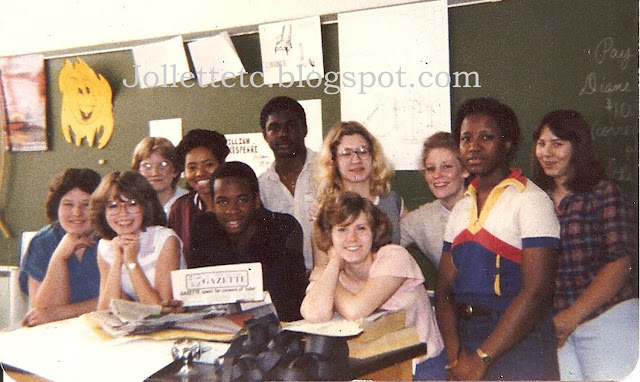Beginning at two Maples and Red Oak on Little Crooked Run
in Beverlys line thence with his line North 27 Degrees East 168 poles to a
White Oak and Two Pines Corner to the said Beverly and Henry Field, thence with
the said Field’s line North 72 Degrees West 104 poles to a White Oak ….
All early land descriptions sound similar to this, in the
thirteen original colonies anyway. Only the physical features such as a stone
or fence post, the distance and species of trees differ.
This system of legal description for land is known as “metes
and bounds,” a system practiced in England and imported to the colonies. Every
time I read one of my ancestor’s deeds, I envy those genealogists whose
families settled in the Northwest Territory that employed the Public Land
Survey System of 6-square mile townships. It is so much easier to find an
ancestor’s land when it was located in a little square along a meridian and
baseline.
As it is, I have a general idea of where certain
ancestors lived, but I know for sure only a few, and that is because living
descendants managed to pass along the information. I have accepted that I will
not see or walk on THE land of my ancestors, but as I read the metes and bounds
describing property in the Virginia counties of Page, Rockingham, Greene,
Albemarle, and Orange, I still wonder what that property looked like. How could
I ever find that Spanish Oak or Dofflemoyer’s fence today?
Someone MUCH smarter than I am figured out a way. It’s
called Plat Plotter. I tried it out.
 |
| Simply insert each line of direction and distance. For example: S 89 W 34 Then click Enter Survey. (I ignored the 2 Survey Start boxes.) |
At first I didn’t quite get the hang of how
to insert the metes and bounds into the survey box but after a couple tries
clicking this and that, I got it. I had been making it too hard by entering too
much information.
As a test, I entered the metes and bounds for a plat
dated 1835 in Orange County, Virginia. The legal description states:
Beginning at A which represents a Gum, Dogwood, and a
Chestnut growing against a Rock in the Orange and Albemarle County line and
corner to Jacob Shiflett, John Lane, and Wyatt Mills, Thence along the County
line S89 W34 poles [South 89 degrees West 34 poles – a pole is 5 ½ yards] to B –
Thence S85 W78 Poles to C a large water Oak Thence N66 W42 Poles to D a Chesnut
– Thence N7 W20 Poles to E two Chesnuts and a Hickory – Thence N62 W 14 Poles
to F some Hazel bushes and a Hickory – thence N22 W 40 Poles to G four
Butterwoods and some Hazel bushes near a branch – Thence N70 W44 Poles to J a
Rock a Chesnut oak at one end of it and two Chesnut sprouts at the other end,
on the East side of Lick mountain – Then N17 W6 ½ poles to K a small double
Hickory corner to Jacob Shiflett on Lick mountain. Thence along said Shiflett’s
line S68 E242 Poles to the beginning.
This is how it turned out.
 |
| The first green box shows each direction (degrees north or south and poles east and west). The second green box marks the corresponding latitude and longitude. |
I selected this particular plat because I have a copy of
the survey and wanted to compare it to what Plat Plotter would crank out.
By George, I think we have a winner.
 |
| Plat for Jacob Shiflett Orange County, VA 4 Feb 1835 Book 7 p 43 |
One disclaimer – the latitude and longitude shown in the Plat Plotter results is NOT correct, I’m pretty sure, because they were determined by where
I placed a flag as the starting point. Not knowing where the land REALLY is, I
simply dragged the flag to the general vicinity. If the latitude and longitude
were correct, they could be entered into a GPS.
Despite not being able to generate the kind of
information necessary for me to go stand on the property, it has been fun playing
with Plat Plotter just to be able to visualize the land my ancestors farmed.
Here is the plat for Madison Shiflett’s land grant of
1836 for which I have no copy of a survey. I will spare you the list of Hickory
trees, Dogwoods, Chestnuts, and large rocks that marked the property.
This little program supplies my need for a handy visual
aid.
Amy Johnson Crow continues to challenge genealogy
bloggers and non-bloggers alike to think about our ancestors and share a story
or photo about them. The challenge is “52 Ancestors in 52 Weeks.”
Wendy
© 2019, Wendy Mathias. All rights reserved.















